As of early August, a third of the country was suffering from drought, according to the U.S. Drought Monitor. Drought spans from seaboard to seaboard, but California is suffering most, with 82 percent of the state in either extreme or exceptional drought.
The average American family of four uses 400 gallons of water per day, excluding commercial and agricultural use. With a few simple changes, you can reduce your use by as much as 30 percent, according to Water Sense, a division of the Environmental Protection Agency. Here are six ways you can conserve water in your home and garden right now.
1. Save loads
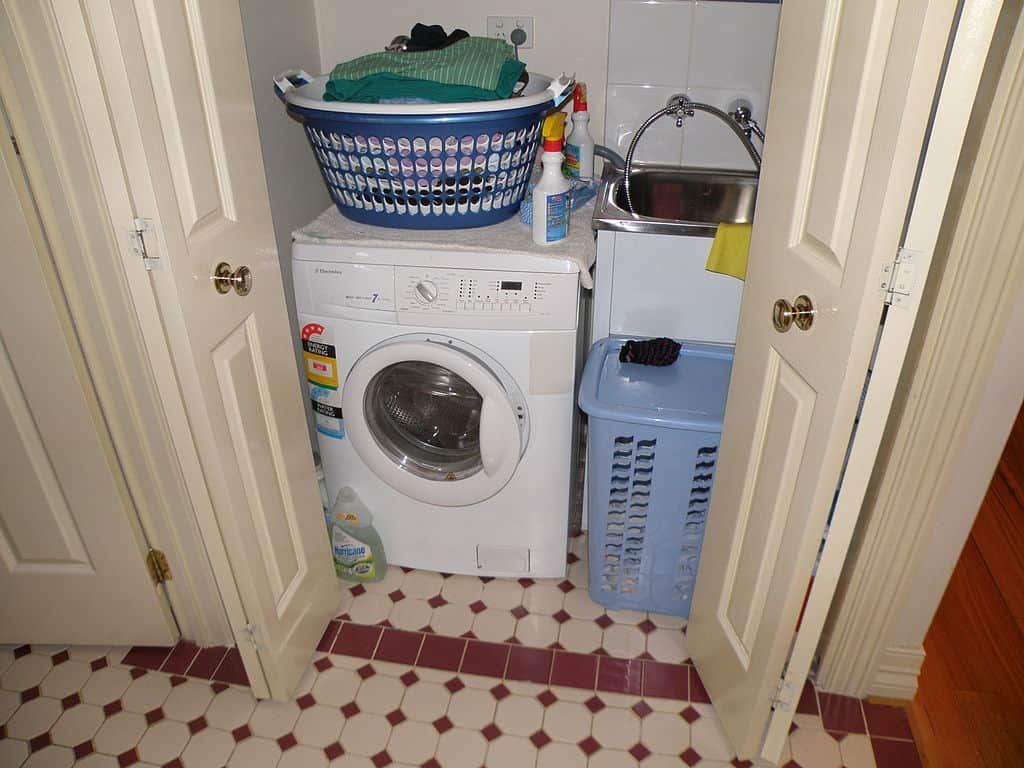
This one seems like a no-brainer, but many people have the bad habit of washing a few clothing items or just a few dishes. Now is not the time to only wash your best pair of jeans or your favorite coffee mug. Your washing machines should only be used when they are filled to the brim with a full load. Wash in cold water if possible for added energy savings, and buy energy-efficient appliances when the time comes to replace them.
Renovating your home?
Find out what your home's worth, edit facts, and see the impact of home projects.
2. Shut it off
Renovating your home?

You’ve likely heard it before, but it bears repeating: Don’t let the water run when brushing your teeth or washing your hands. Short showers are better than baths and “Energy Star” certified dishwashers are 80 percent more efficient than washing dishes by hand under a running tap. Along with making sure you have low-flow faucets and showerheads, get a “shut-off valve” for your shower for the times while you are getting undressed, lathering up or shampooing your hair.
3. Keep it on the lawn

When you must water your lawn, only do so before 9 a.m. or after 6 p.m. to prevent as much evaporation as possible. Periodically adjust your sprinkler heads to ensure your sprinkler system isn’t watering your driveway, sidewalk, street or home siding. And, of course, the cardinal water sin is using your hose to clean your sidewalk. Bust out the broom and get a little cardio while keeping up your curb appeal!
4. Xeriscape it

Taking care of your traditionally landscaped yard is one thing, but the extreme conservationist will exchange a water-thirsty lawn for draught-tolerant native and adapted plants, mulch, rocks and succulents – also known as “xeriscaping.” Added bonuses of these low-maintenance yards include “cash for grass” rebate programs, less use of fertilizers and insecticides, and an increase in bees, butterflies and hummingbirds.
5. Get high tech

You’ve probably heard of Nest, the smart thermostat. Well, you can get smart with your water usage as well. There are several gadgets on the market that link up to your sprinkler system and can automatically manage your water output based on climate, soil moisture and evaporation rates. And, you guessed it, there’s an app for that. Monitor the sprinkler system right from your smartphone while at home or on vacation. This can also be a great resource for property managers looking to maintain their income properties while conserving resources.
Looking to save money on your mortgage?
6. Find those sneaky leaks
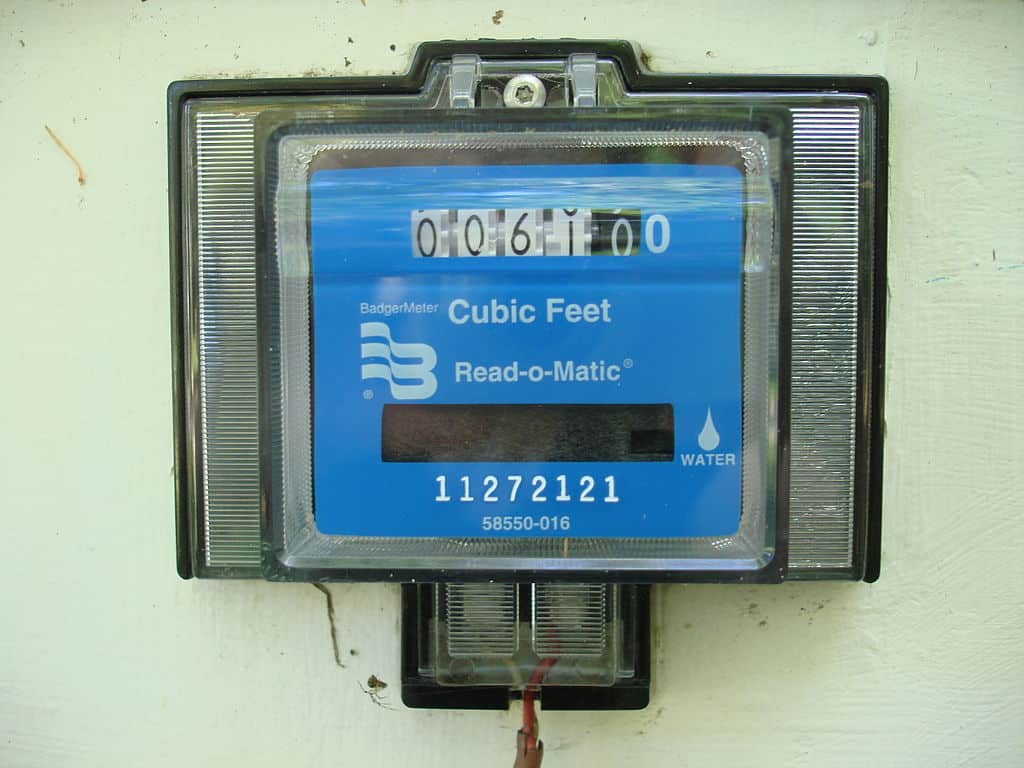
You could be wasting gallons of water a week without even knowing it – the average American home wastes approximately 10 gallons per person per day. Here’s the best way to see if you have a sneaky leak somewhere in your home. First, locate your water meter. It is typically connected to your main supply line just at the property boundary near your front lawn. Turn off the water main to your home and check the meter. If it’s moving, you’ve got a leak. Check all the spots where lines are connected: hose bibs, faucets, meter lines and your toilet tanks. If you still can’t locate the leak, it’s time to call the plumber.
Conserving water is imperative in these arid times. But saving H2O can also save you some serious dough. Aside from cutting your water bill, you may also qualify for substantial rebates by implementing the techniques listed above. Check out the Environmental Protection Agency’s rebate finder here and start saving now.







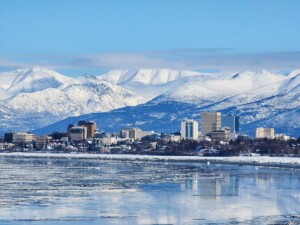



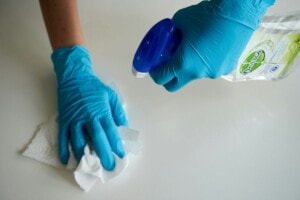






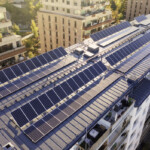


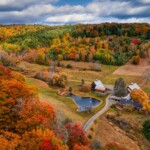



 United States
United States Canada
Canada